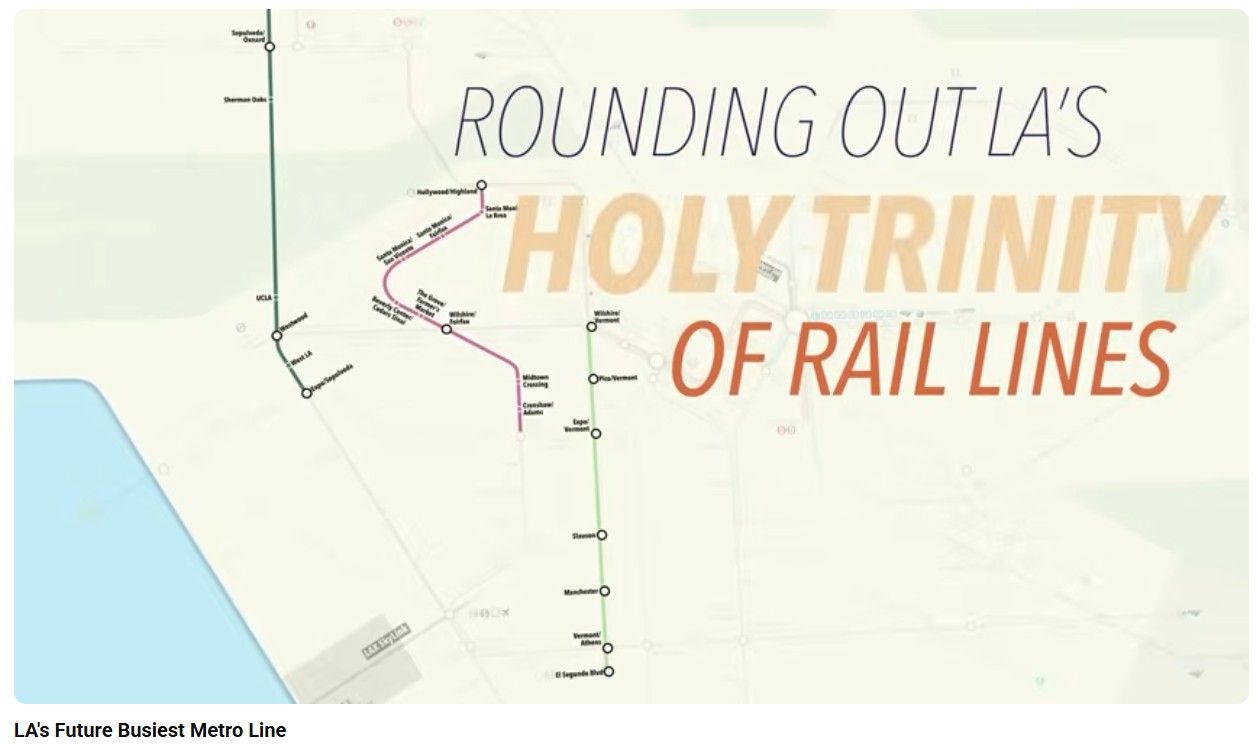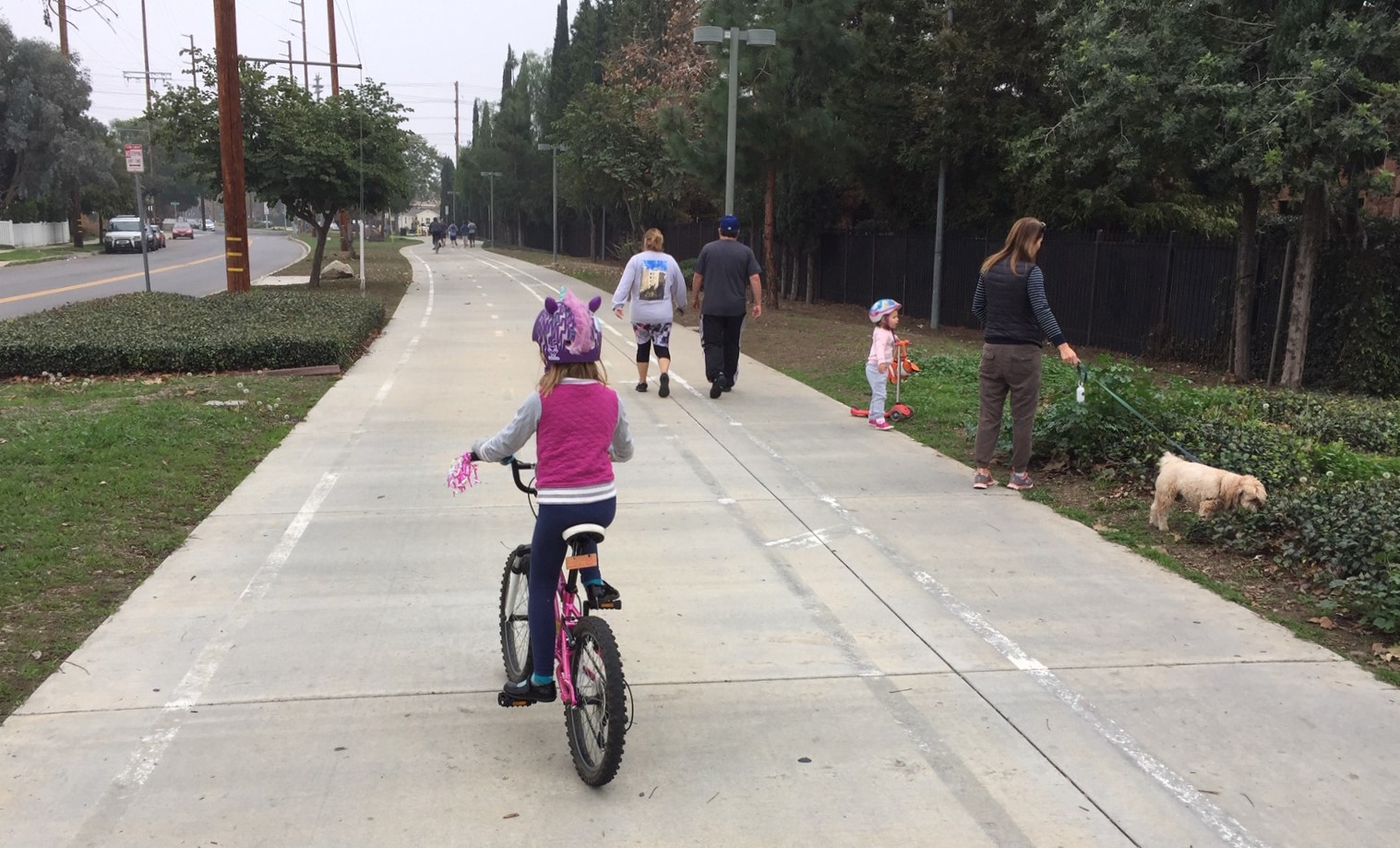
Earlier this year, a Seattle transit parking infographic map made the rounds. Created by Zach Shaner at Seattle Transit Blog, the map is helpful for visualizing the urban to suburban mix of station uses, and understanding the investments that Seattle's transit agency is planning.
Inspired by Shaner's Seattle example, friend of the blog Mehmet Berker created an analogous map for L.A. County. The map above includes, as of this month, all of Metro's current rail and BRT station parking, plus Crenshaw/LAX rail line parking currently under construction. Mercifully, neither of the under-construction subways - the Regional Connector and the Purple Line - include parking. The parking data is from Metro's Park and Ride web page.
Similar to the Seattle map, the core of the Metro system (where most boarding occurs) has very little parking. The rest of the system, though, has lots and lots of parking (pun intended.) Including a couple hundred Crenshaw/LAX line spaces, Metro has 24,121 parking spaces. Only 1,596 of them (6.6 percent) are paid for by drivers. The remaining 22,267 (92.3 percent) are free, which is to say that they are paid for by taxpayers and transit riders, whether they drive or not.
Streetsblog L.A. and American Public Transit Association experts have been critical of the costs of Metro's predominantly free parking holdings. Agency investments in Park and Ride subsidize higher income riders, decrease transit’s air quality benefits, and hurt Metro's fiscal bottom line. Building and maintaining free parking is not free. In an elevated structure, parking spaces typically cost Metro $25,000+ a piece. Underground parking is $35,000+ per space. That is a huge subsidy - one that a lot of car-free bus riders would love for Metro to give them.
The good news is that Metro is taking positive steps to manage its parking more fairly and equitably. The agency implemented an all-paid parking pilot for phase 2 of the Expo Line. The pilot will be expanded to nine stations fairly soon. At Expo and Crenshaw, Metro has gone to bat to favor transit-oriented development over what had been approved as future parking. Metro's new parking policy proactively manages parking pricing at busy lots.






